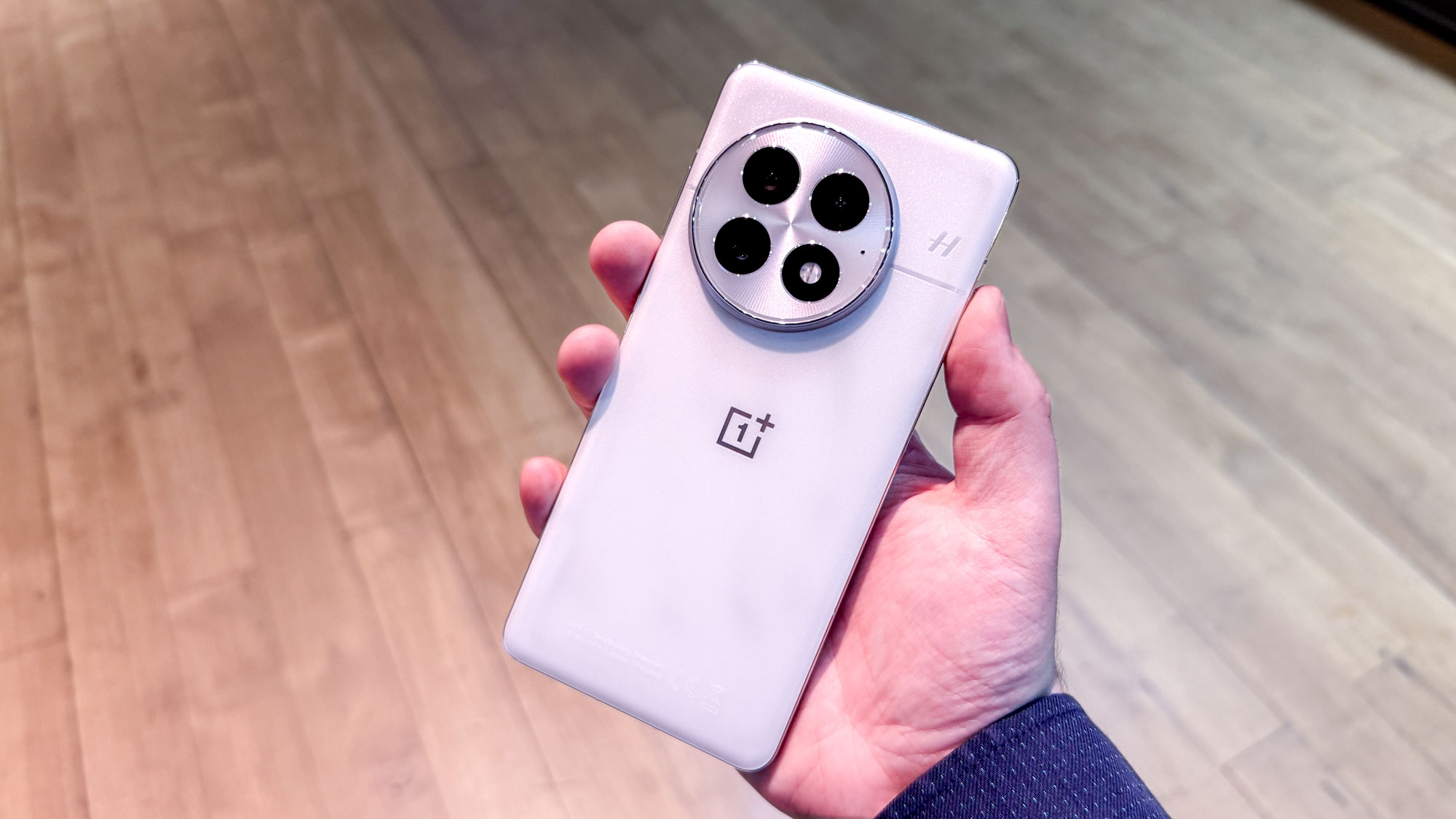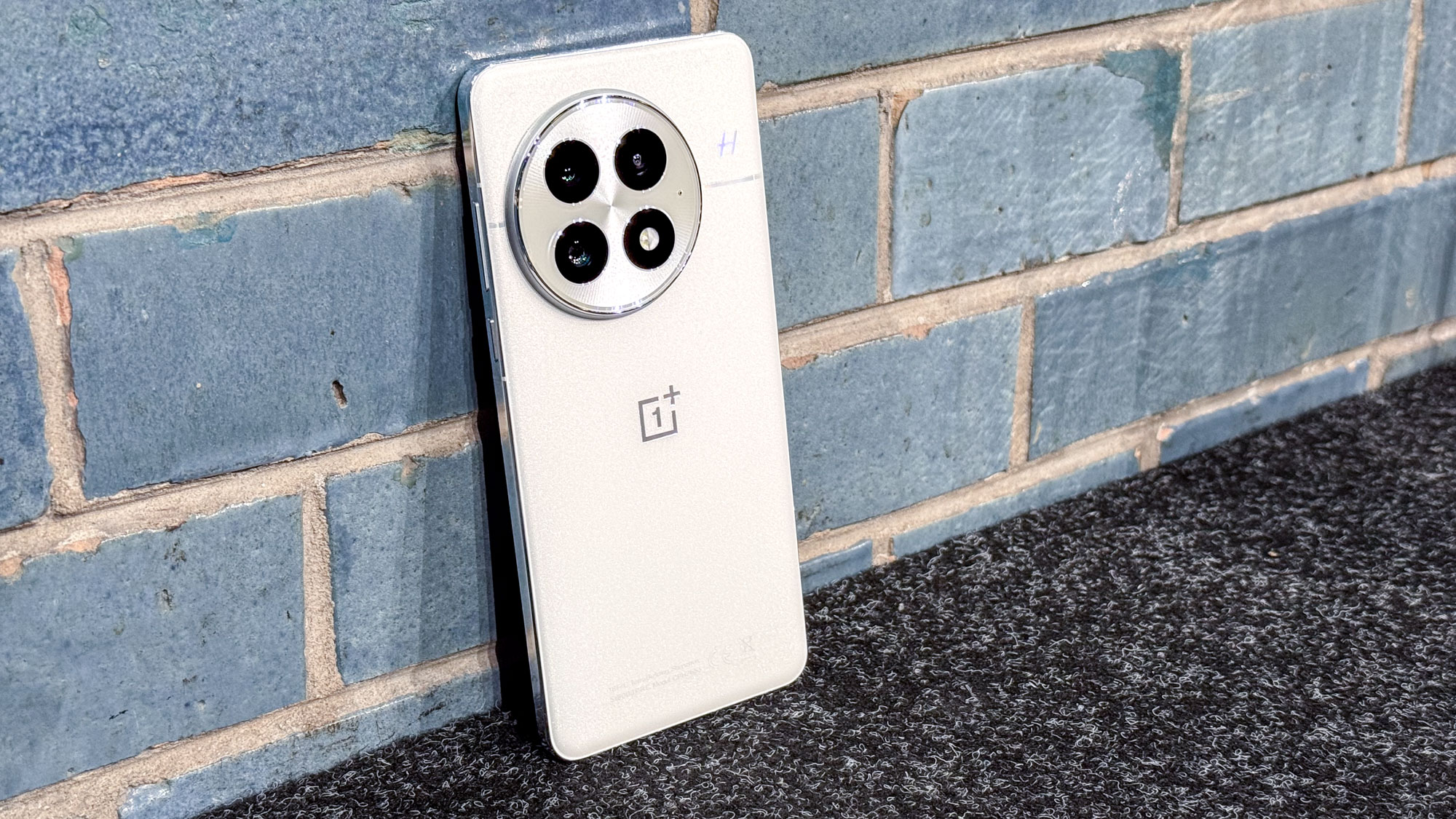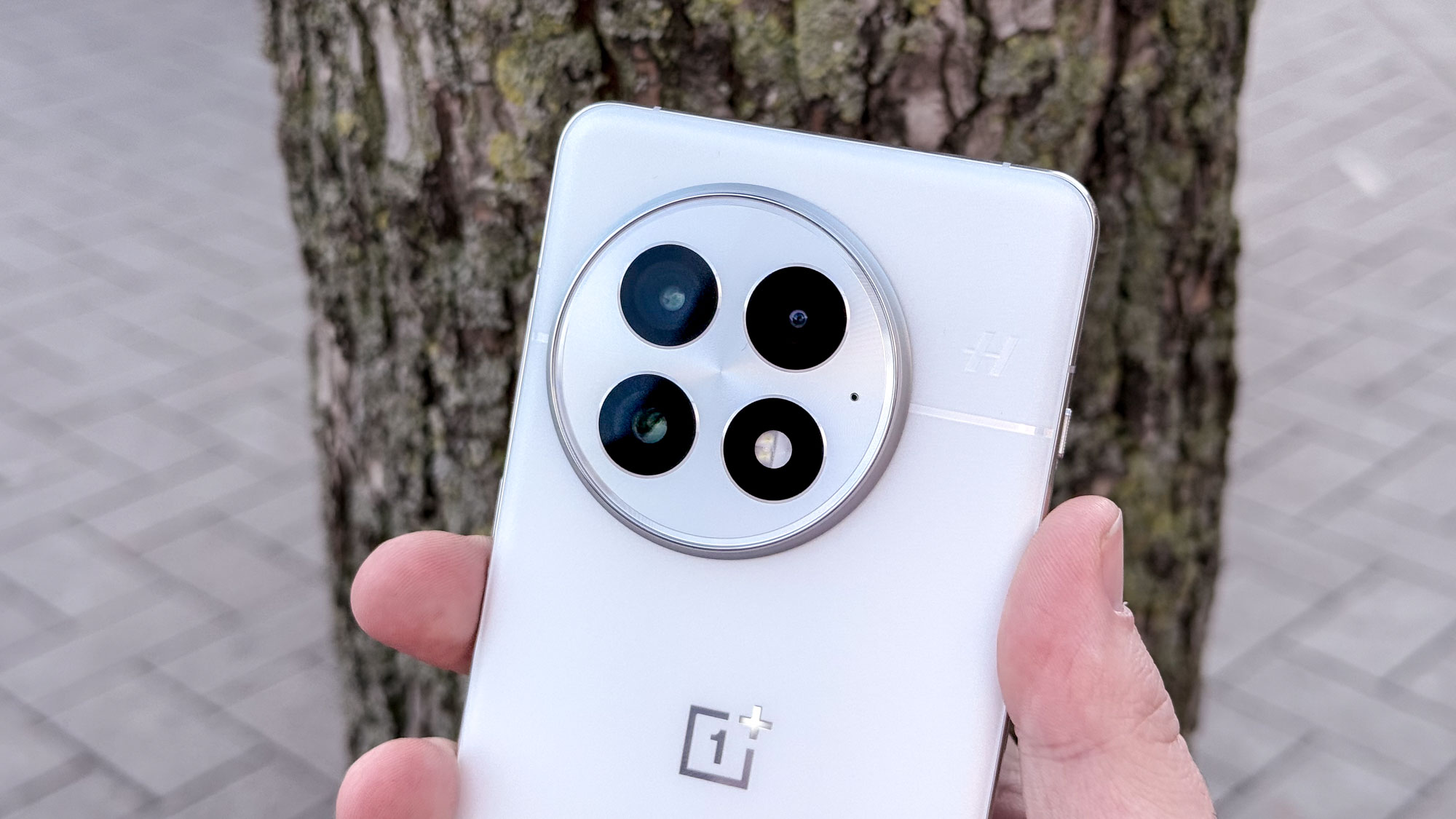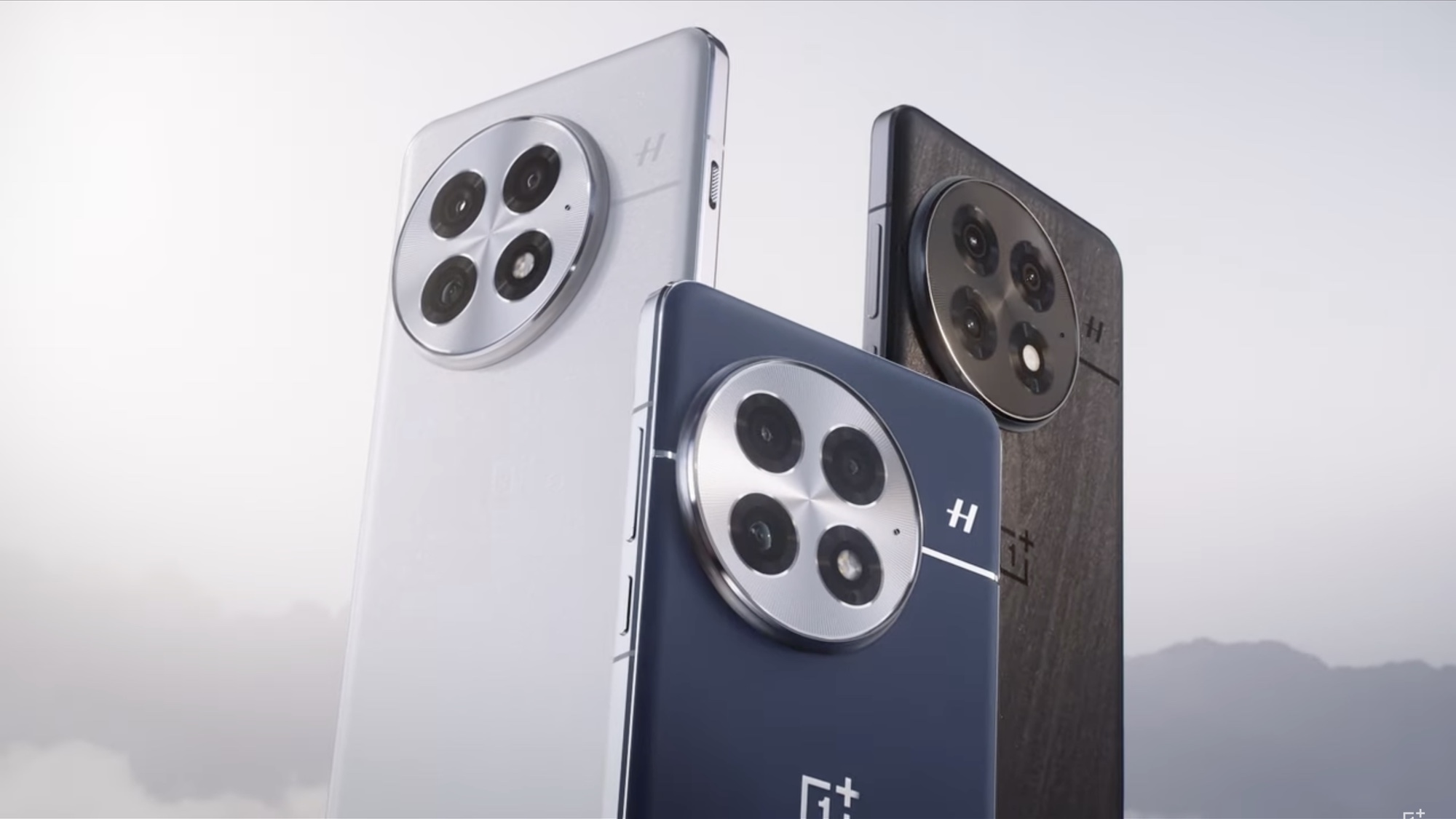
The OnePlus 13 is finally here, making its international debut. The phone first made an appearance in China back in November, but now we're finally getting to see exactly which phone will be available in other parts of the world.
As we noted in our OnePlus 13 review, there's plenty of enjoy about this year's model. Battery life and charging speed are as strong as always, while performance gets a boost thanks to the Snapdragon 8 Elite chipset. The camera is without a doubt the best one OnePlus has ever made, while there's the usual addition of software and AI features to enjoy.
Then again, with prices increasing by $100/£100 for the second year running, it's clear that the super-cheap OnePlus of days past is long gone. Even if the phone is still a couple hundred dollars less than some of its rivals.
From hardware to software, here's everything you need to know about OnePlus 13.
OnePlus 13 cheat sheet: The major changes
- The price starts at $899/£899, which is $100/£100 more than the OnePlus 12 cost
- OnePlus packed in a 6.82-inch QHD display with adjustable "Radient View" system and a new Glove Mode
- Snapdragon 8 Elite offers a big performance boost — though not as much as we'd like
- OnePlus 13 now has a trio of 50MP cameras, which is a resolution upgrade for ultrawide but a downgrade for telephoto
- The gargantuan 6,000 mAh battery lasted 19 hours and 45 minutes battery life tests
- Magnetic charging is available, but it's powered by a separate case rather than Qi2 wireless charging
- IP water and dust resistance ratings appear this year, with IP68 and IP69 ratings.
OnePlus 13 pricing and availability
The OnePlus 13 went on sale on January 7, the same day it was announced. That means there's no awkward pre-order window this year, and the phone will start making its way to your mailbox the second you checkout and hand over your money.
Prices for the OnePlus 13 start at $899/£899 for the standard model, which comes with 12GB of RAM and 256GB of storage. The higher-spec model, with 16GB of RAM and 512GB of storage is $999/£899. Sadly both these prices are $100/£100 more than the equivalent OnePlus 12 went for, and $200/£200 more than the OnePlus 11. So this is the second price hike in as many years, which is not likely to go down well with OnePlus fans.
Admittedly this is still cheaper than many of OnePlus's rivals. The Pixel 9 Pro is $999/£999, rising to $1,099/$1,099 for the XL model. Meanwhile the iPhone 16 Pro Max starts at $1,199/£1,199, with the Galaxy S24 Ultra costing even more at $1,299/£1,299.
OnePlus 13 Specs
OnePlus 13: What's New

The OnePlus 13 design has been tweaked slightly this year, with slightly flatter edges and a slightly cleaner camera bump that removes some of the exterior metal. The screen maintains its quad-curved glass panel, but OnePlus has used a material called Ceramic Guard.
The display is the same 6.82-inch QHD OLED panel as last year, with a 1-120Hz refresh rate. But OnePlus has added a new "Radient View" system that adjusts the color and contrast on screen for an optimal view — while also increasing the brightness of specific areas for improved visibility. There's also new Glove Mode, which is supposed to let you use the phone without special touch-screen compatible gloves.
On the camera front, OnePlus has stuck with the Hasselblad tuning, just like previous phones. However there have been some changes to the lens resolution, leaving us with a trio of 50MP cameras on the back of the phone. So that's a slight increase on ultrawide, a decrease on telephoto and no change for the main lens. Sadly optical zoom and selfie camera resolution have stayed the same.
The biggest change comes from the inclusion of the Snapdragon 8 Elite chipset. While it’s not surprising to see the OnePlus 13 come with Qualcomm’s flagship chipset, it’s a massive improvement on the Snapdragon 8 Gen 3 we saw on OnePlus 12.
There’s a general improvement across most performance categories when comparing OnePlus 13 to OnePlus 12. That’s especially apparent in the multi-core Geekbench test, with the OnePlus 13 scoring roughly 2,500 points more than its predecessor. Sadly video encoding in Adobe Premier Rush was slower than last year, taking 2 seconds longer than the OnePlus 12.
That said, the OnePlus 12 performed incredibly well, and the fact the OnePlus 13 seems to be improving on that is certainly a good thing.
The battery life has also seem a massive rise in capacity, jumping from 5,400 mAh to 6,000 mAh. That, combined with other energy efficiencies, boost the battery life to an astounding 19 hours and 45 minutes — dwarfing the 17 hours 41 minutes recorded on OnePlus 12.
If that wasn’t enough, the wired charging speed has increased to 100W on the international model — matching the Chinese variant for the first time’. Wireless charging has stuck at 50W, with magnetic capabilities, though this only works with the official magnetic case. Sadly there are no magnets, or Qi2, within the OnePlus 13 itself.
OnePlus opted for an official IP68 and IP69 water/dust resistance rating — something OnePlus has typically shied away from in the past. Previous phones have offered water and dust resistance, but this time it’s at least quantified by official figured.
OnePlus 13: How it compares to other phones

The OnePlus 13 has flatter edges than it's predecessor, slowly moving to that iPhone-like design adapted by Apple and Google Pixel 9 – but its corners are still sharp enough to offer some distinctiveness. Though not as much as the near-right angles of the Galaxy S24 Ultra.
But while other phones have ditched the curved display, assuming they ever offered them, OnePlus has stuck with its quad-curved display for another year. That screen is also smaller than the rest, but when you're talking 6.82 inches vs 6.9 inches the difference isn't going to be very noticeable. Not like the rounded camera bump anyway, which is unique compared to Pixels, iPhones and Galaxy phones.
Sadly we can't compared the materials used just yet, since OnePlus is using something called "Ceramic Guard" — and we don't know how that compares to Apple's Ceramic Shield. Gorilla Glass Armor or Victus 2.

Camera hardware has changed a bit for OnePlus 13 this year, opting for a trio of 50MP lenses on the rear and a 32MP shooter on the front. While there is a lot of variance with phone hardware at the flagship level, that's enough to give us some confidence that the phone had the chance to compete with the best camera phones. That said, we could do with an upgrade from 3x telephoto zoom, when 5x seems to be the norm.
Hardware isn't everything, but it's clear that, on paper at least, that OnePlus has added the right camera tech to help the OnePlus 13 stay competitive. Which shows in the photo quality, as seen in our OnePlus 13 review. We found that the camera performed incredibly well against the iPhone 16 Pro Max, Pixel 9 Pro XL and Galaxy S24 Ultra.
Photo quality was generally good, though there were occasions where the OnePlus 13 didn't quite match up to its rivals – especially in terms of nature looking shots and brightness. But we concluded that this is still the best camera OnePlus has ever made, even if it's not the best camera phone.
As you can see in the table above, OnePlus 13 absolutely destroys both the Galaxy S24 Ultra and Google Pixel 9 Pro XL in benchmarking and graphics testing. Which is no surprise considering it packs in the newer and more powerful Snapdragon 8 Elite chipset. Sadly it falls behind the Asus ROG Phone 9 Pro in all categories, despite having both running on the same chip.
iPhone 16 Pro Max is more of a mixed bag, with Apple winning in single-core benchmarking, but losing out to OnePlus in multi-score benchmarks and graphical tests. Sadly OnePlus still come out worst of all the phones capable of completing video encoding on Adobe Premiere — taking almost twice as long as the ROG Phone 9 Pro and 3 times longer than the iPhone.
The OnePlus 13’s battery life score absolutely dwarfs most of the other phones on the market, lasting 19 hours and 45 minutes in our testing. The only device currently capable of beating is is the ASUS ROG Phone 9 Pro, which clocked in at 20 hours and 34 minutes. Other phones don't even come close.
iPhone 16 Pro Max lasted 17 hours and 17 minutes in our testing, which we thought was pretty spectacular at the time, and technically still is considering that the battery is just 4,685 mAh. That's followed by the Samsung Galaxy S24 Ultra with 17 hours 45 minutes and Pixel 9 Pro XL with 14 hours and 37 minutes. I still remember when OnePlus had middling battery life, and it's great to say those days are long over.
OnePlus 13: Verdict

The OnePlus 13 is more expensive this year, which is a real bummer. But at the very least that price hike hasn't coincided with a dip in quality. Based on both the hardware specs, and our own experience with the OnePlus 13 review, it looks like OnePlus has produced another winner. And for slightly less than its equivalently-specced rivals.
However it's worth noting that OnePlus only seems to have raised the bar in the battery department — aided by the ever increasing battery capacity. That's definitely a good thing, but if you were expecting it to otherwise outperform the likes of Apple and Samsung then you're going to be disappointed.
Still if you're looking to get the most bang for your buck, and still get that premium flagship experience, then the OnePlus 13 might be for you.







